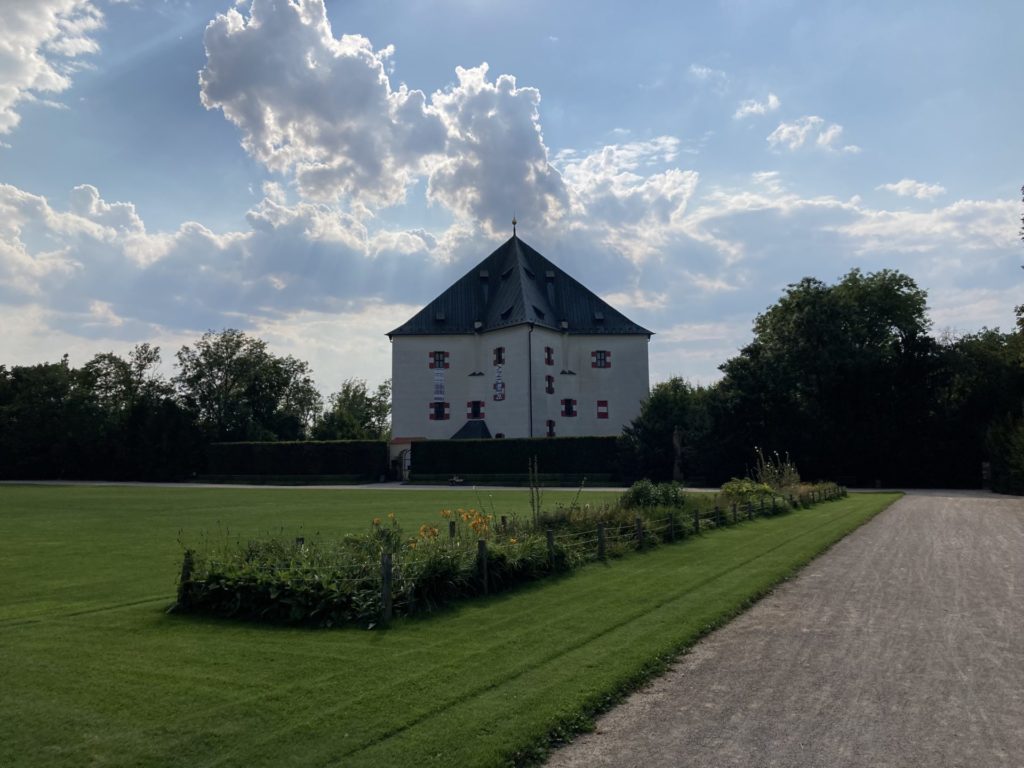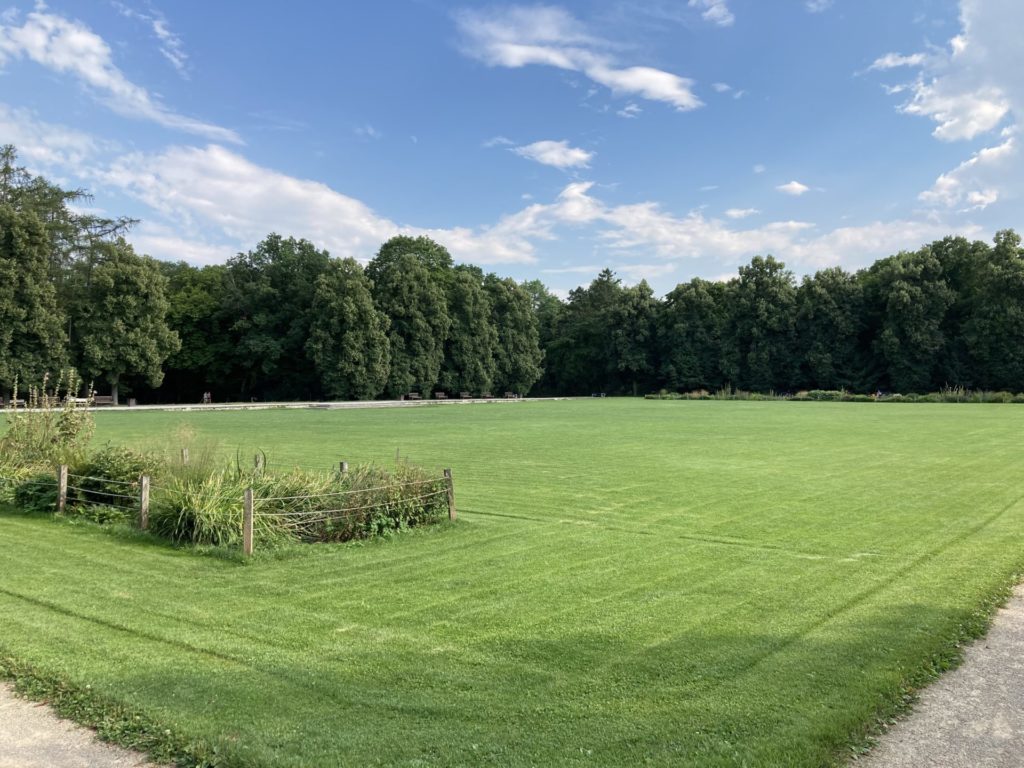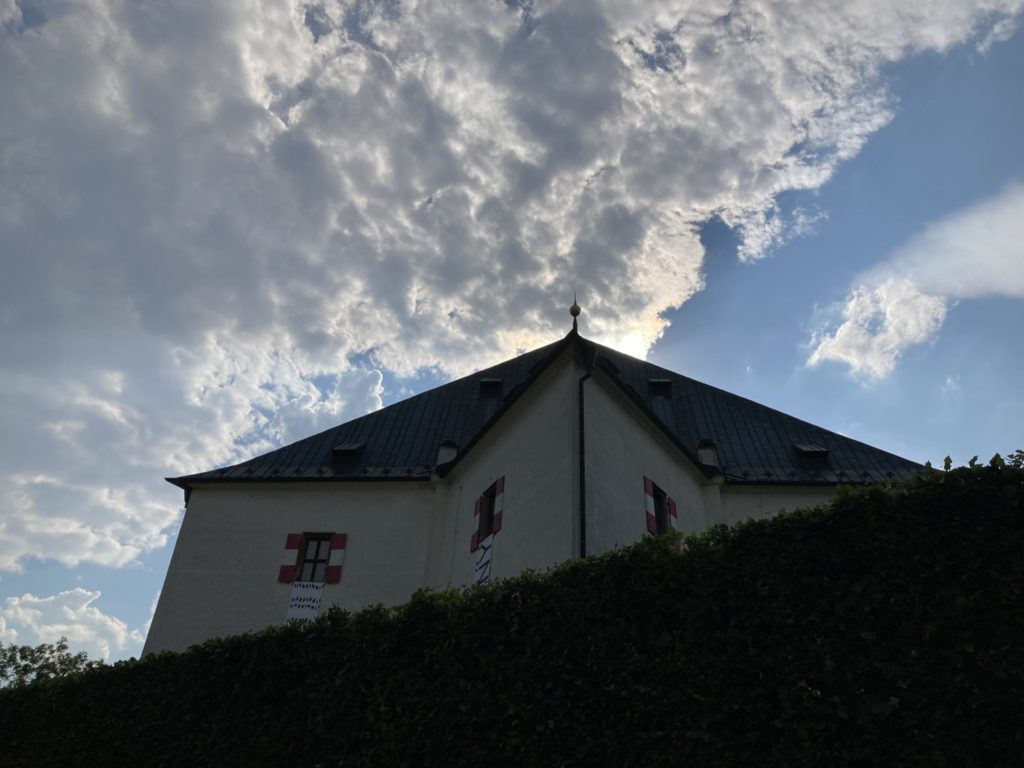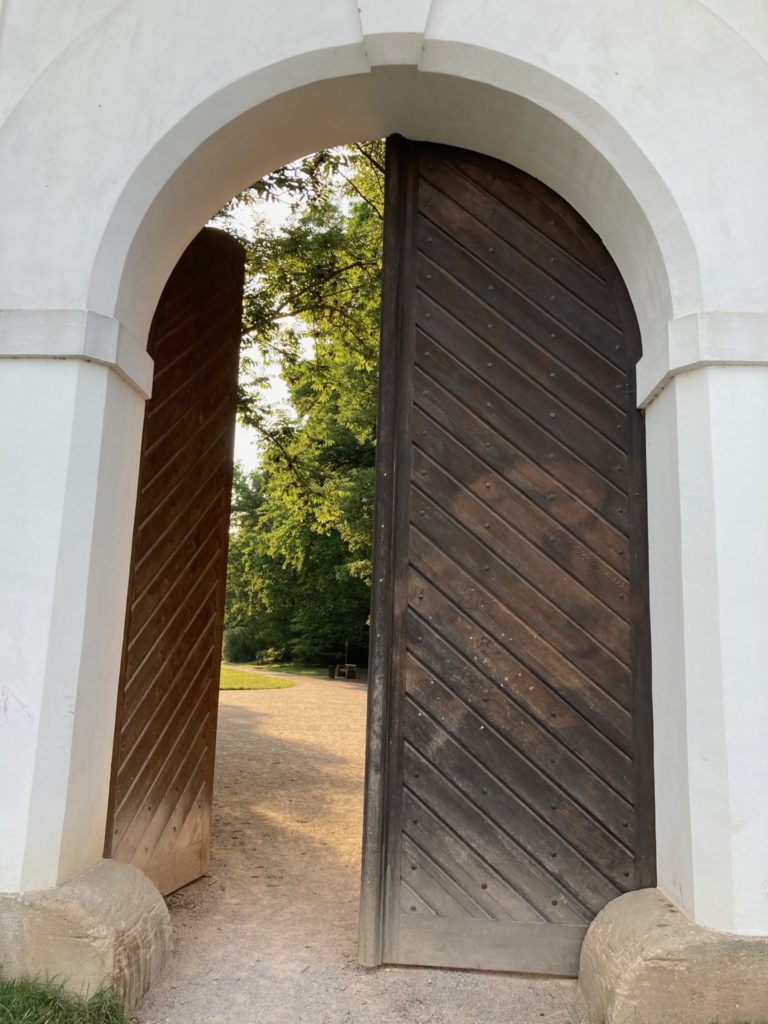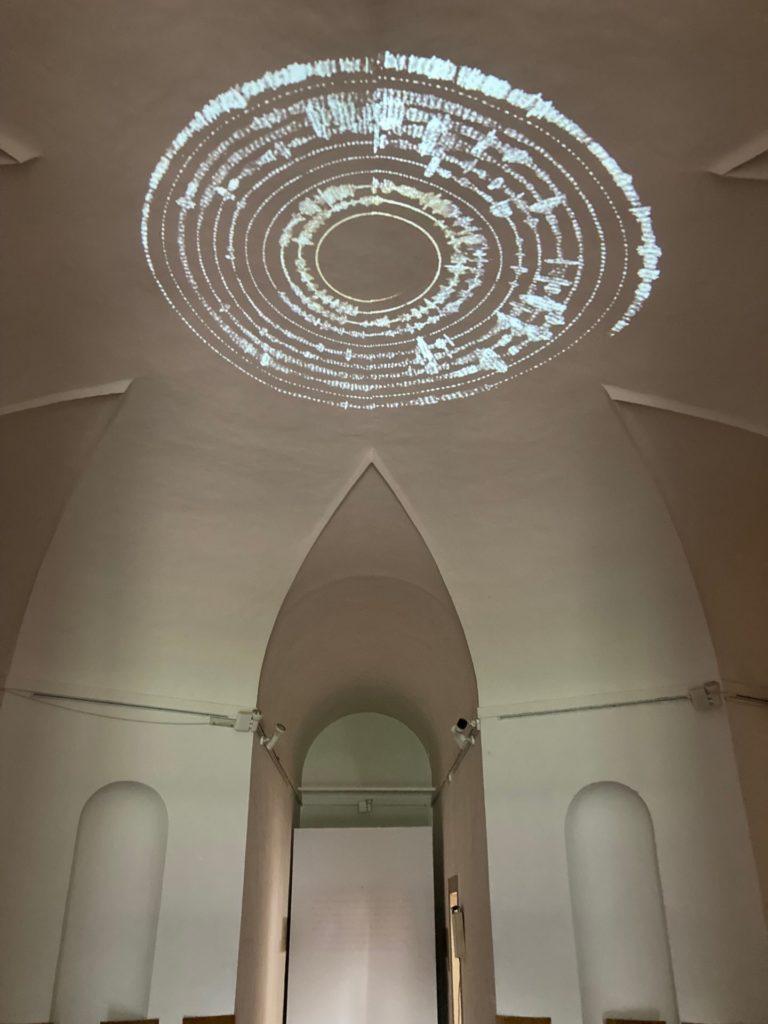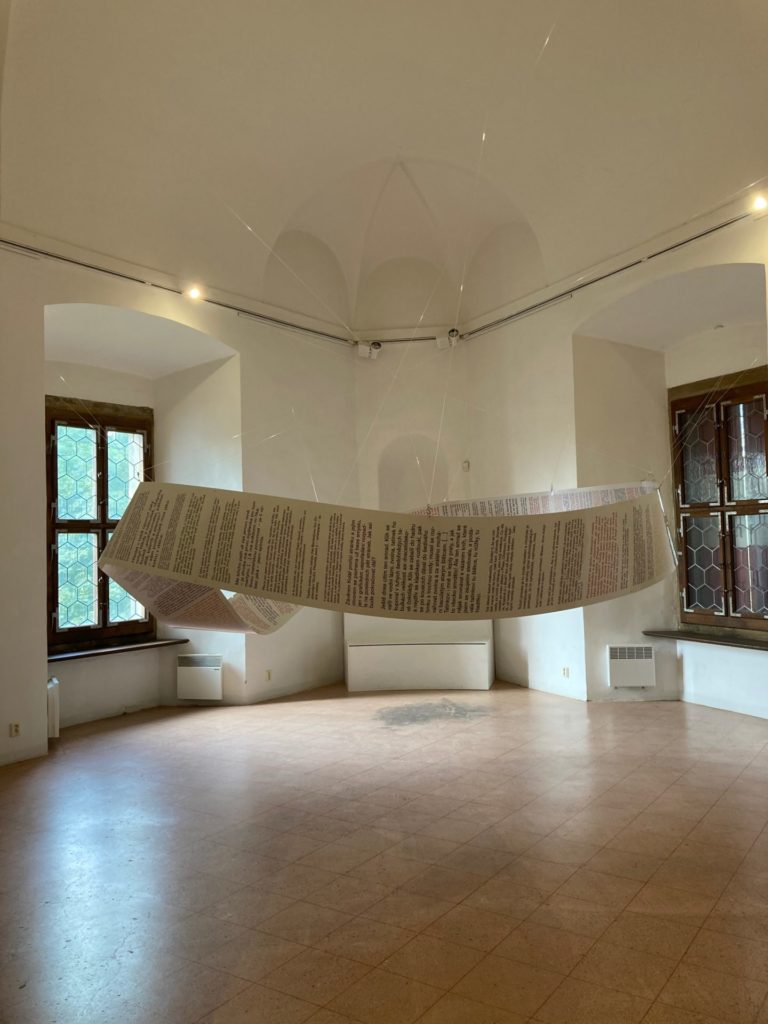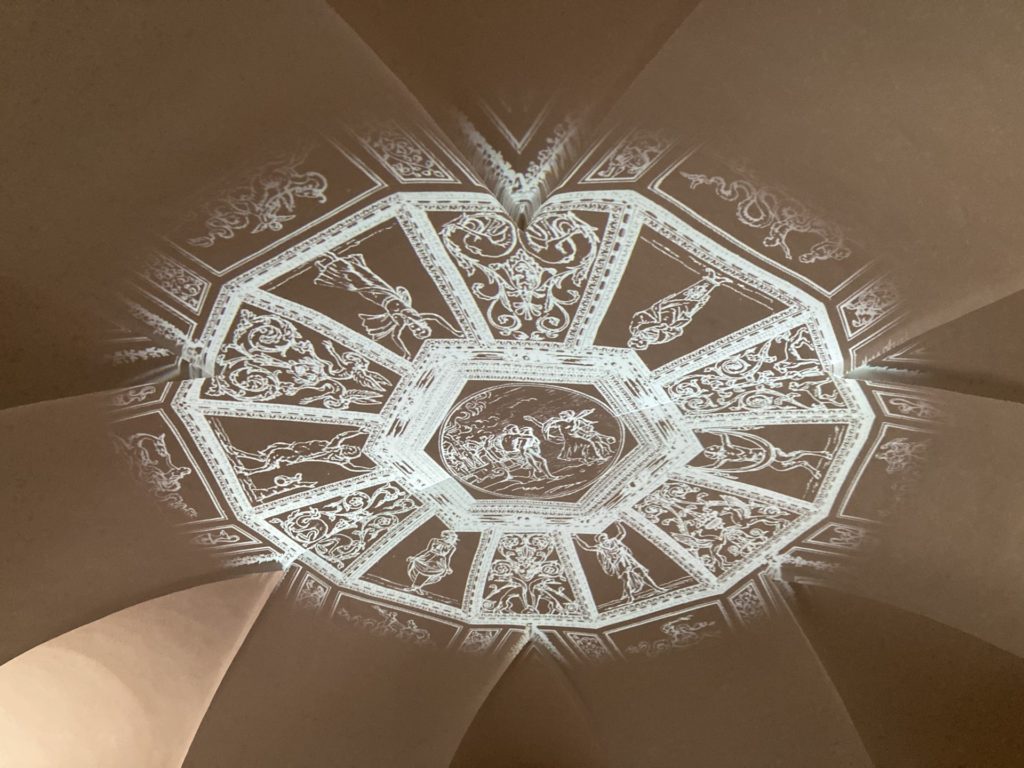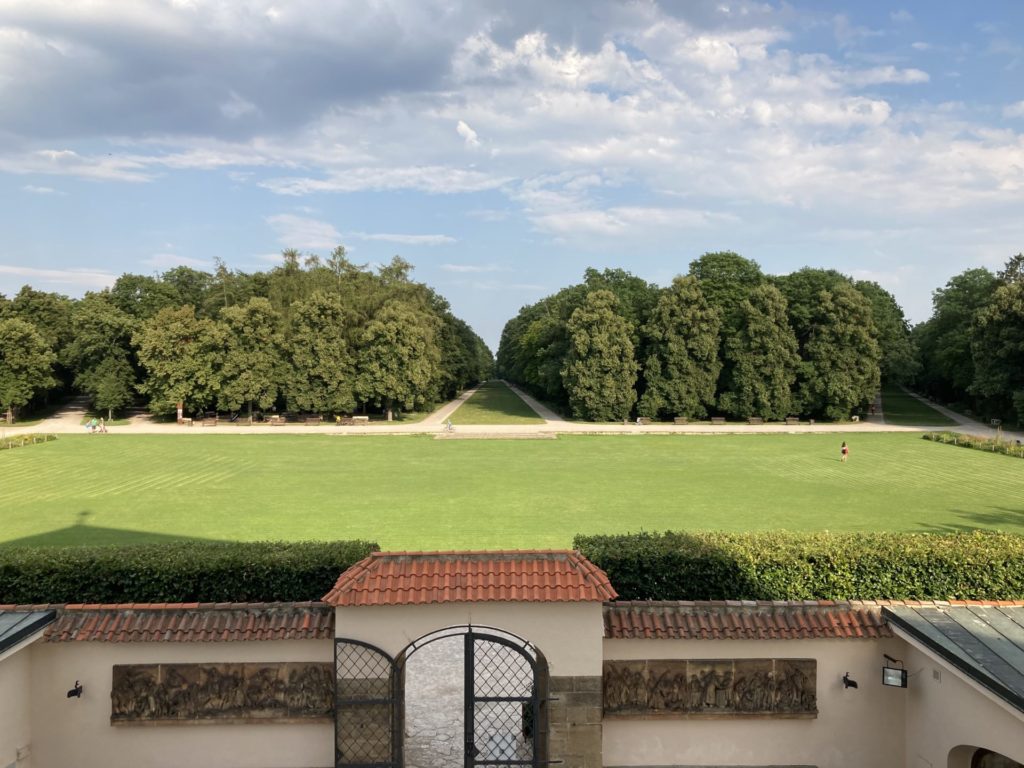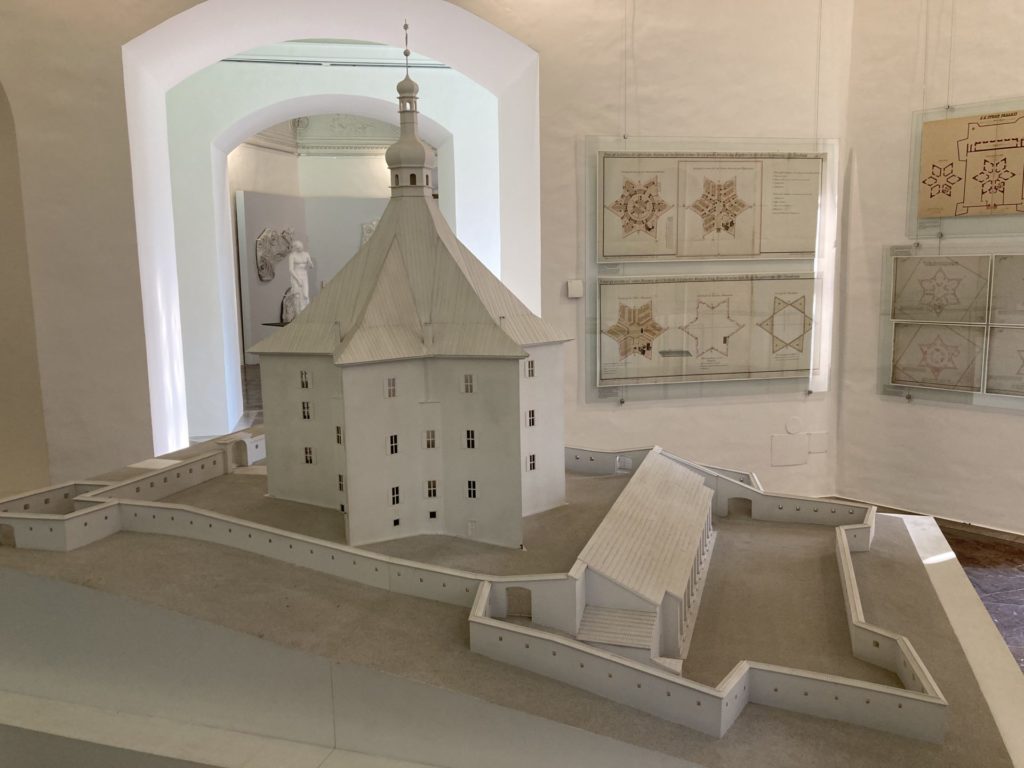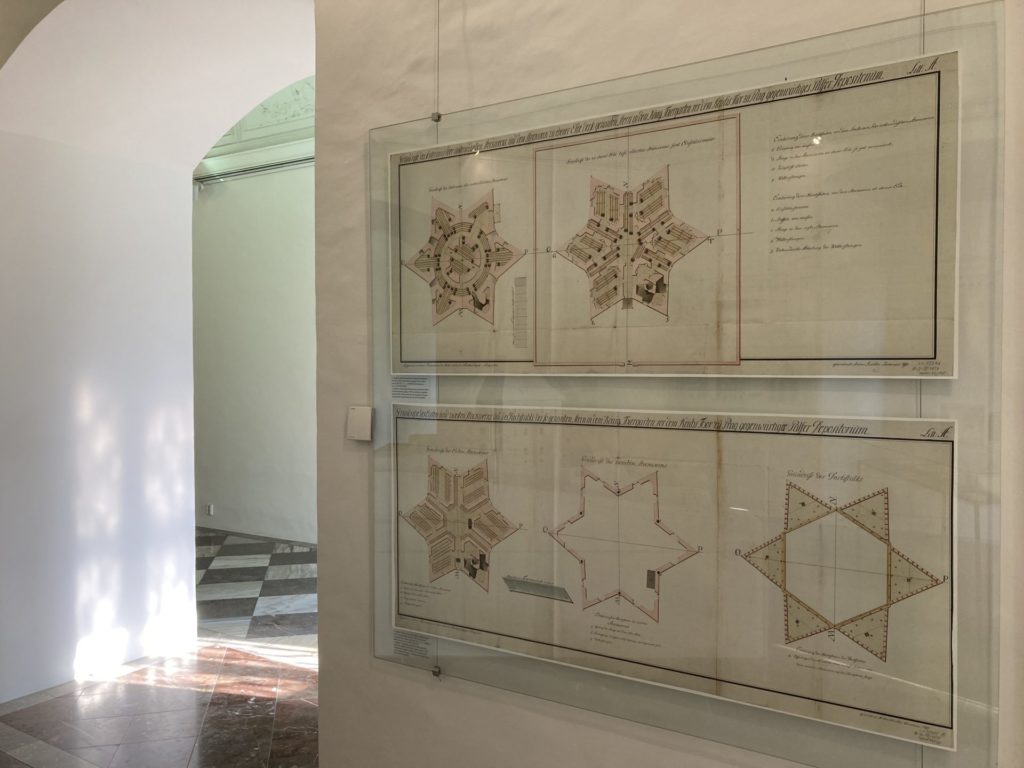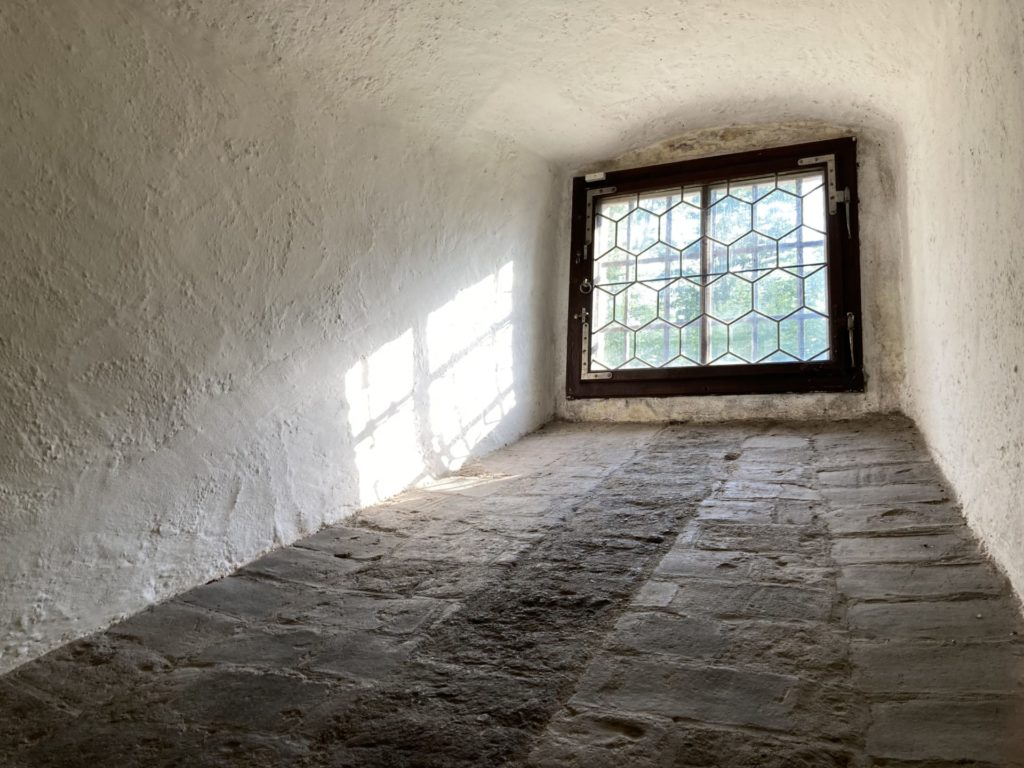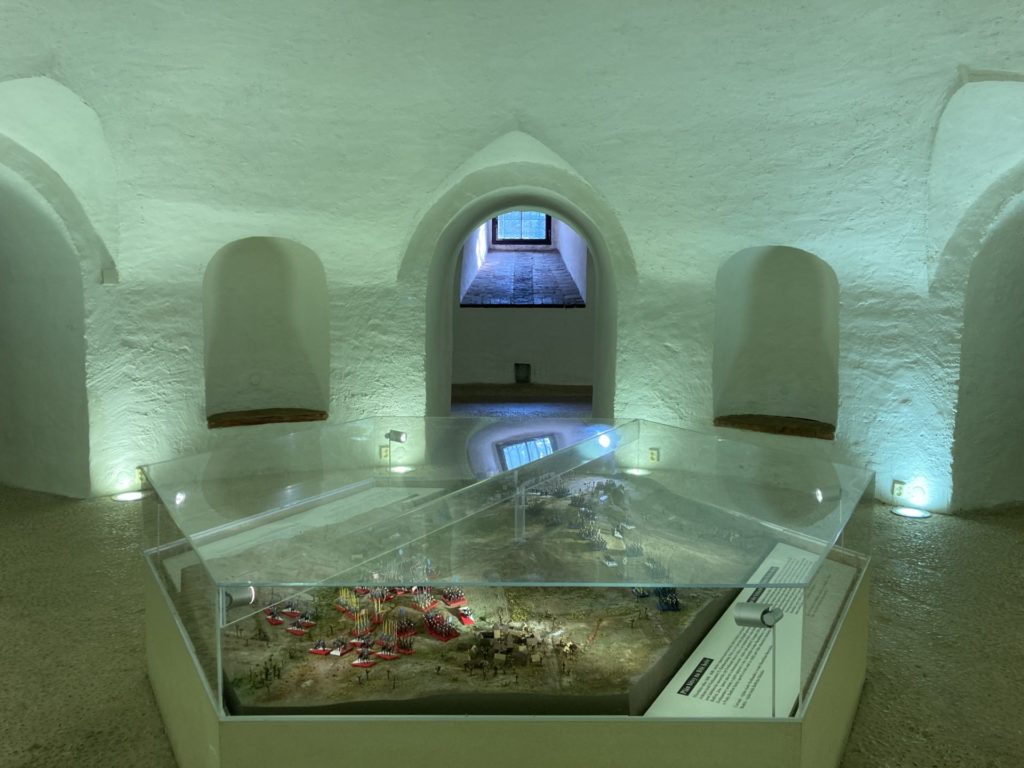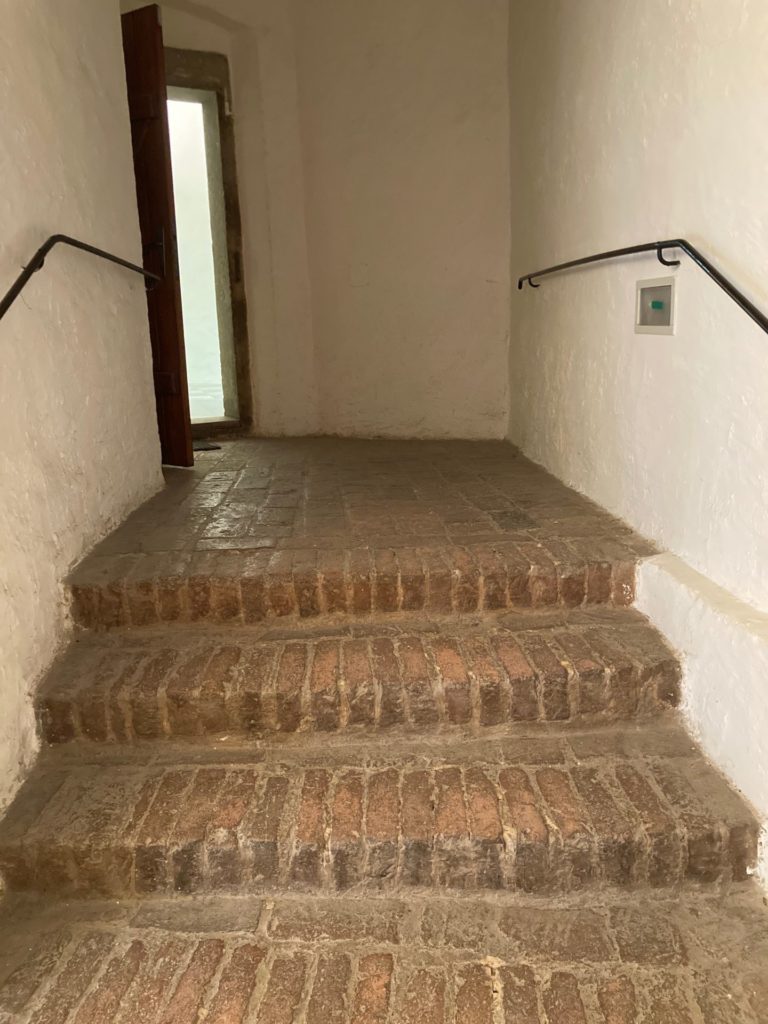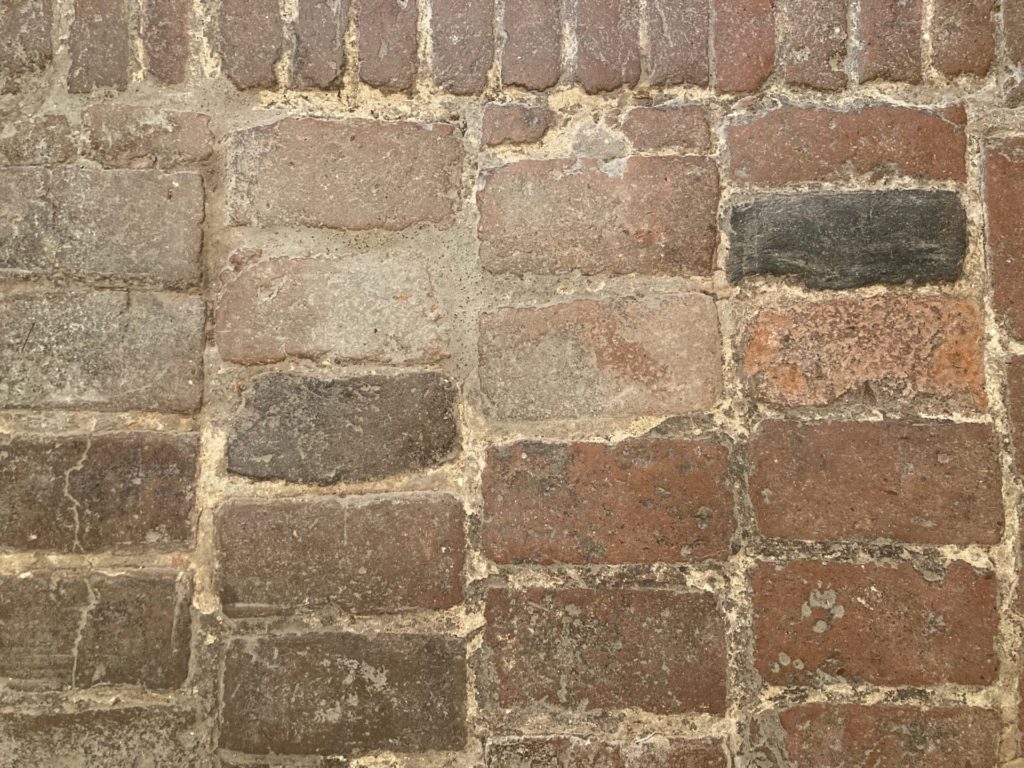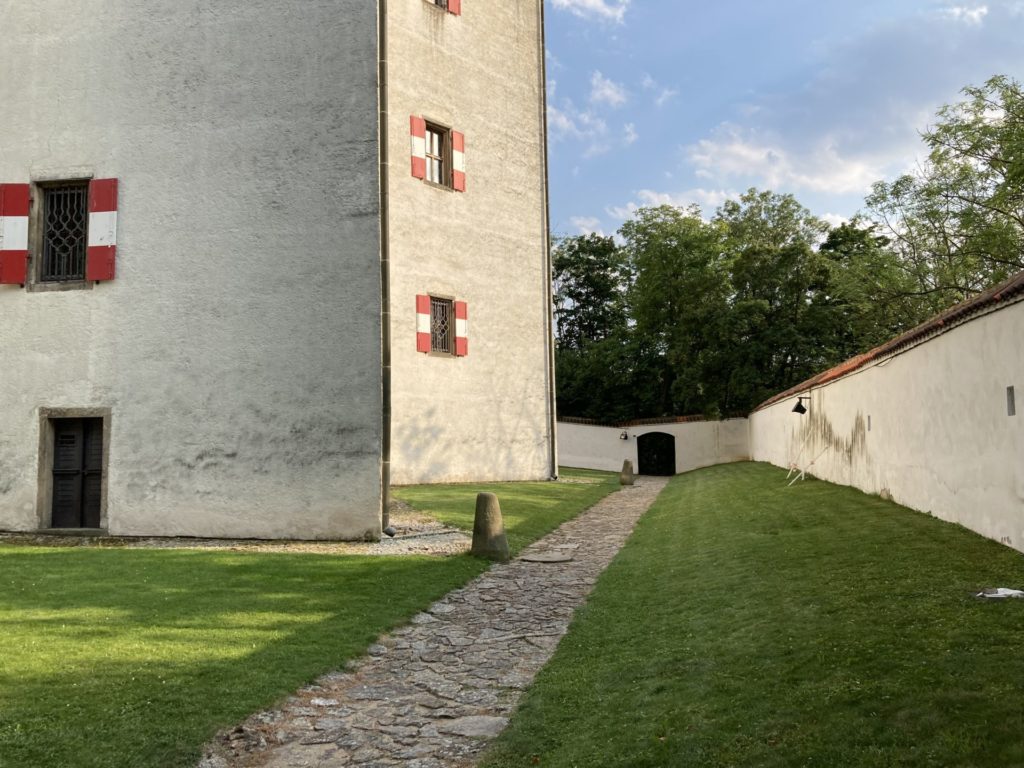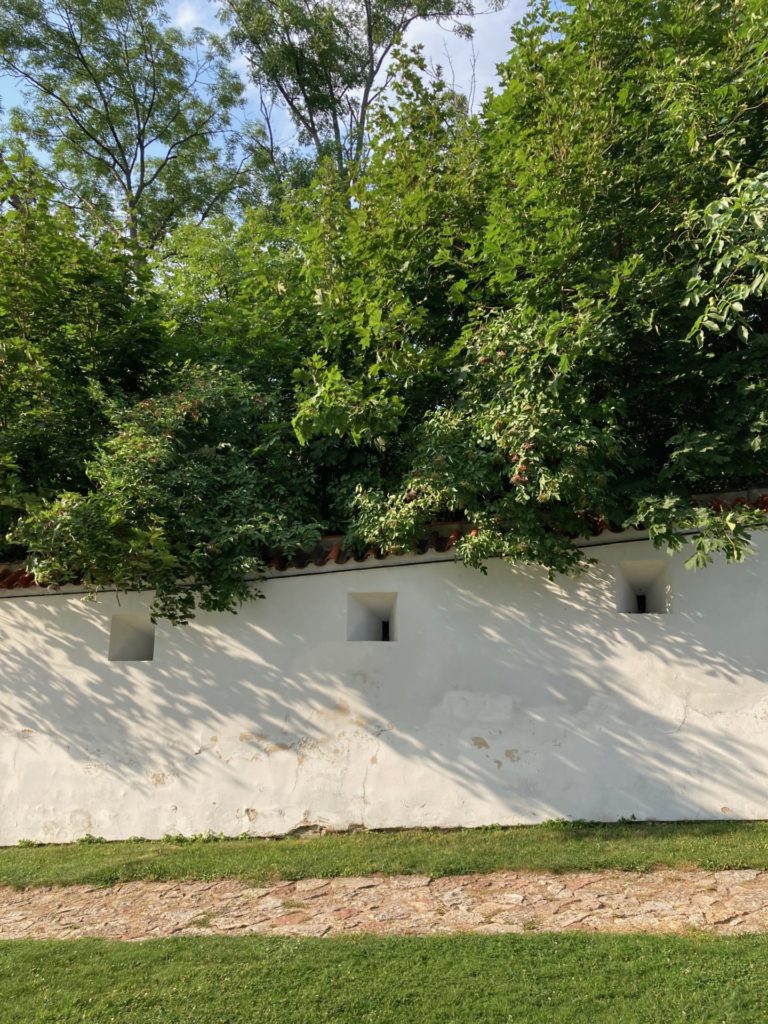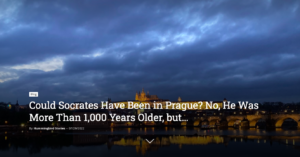Every Czech knows who Charles IV was, later called the Father of the Homeland. No wonder he made a significant mark in Czech and European history. Just look at what he accomplished in his most prolific year, 1348: the founding of Charles University, the founding of the New Town of Prague, and the beginning of the construction of Karlštejn Castle. Last but not least, Charles IV, in his decree of 7 April 1348, defined the “lands of the Bohemian Crown” as a state unit (Corona Bohemiae), as a territory ruled by the Bohemian king. But the visible symbol of this principle was the Crown of Saint Wenceslas, to which this entire state unit officially belonged.
To be born a Czech and not know who Charles IV is, therefore, impossible. But apart from him, general knowledge of earlier periods of history cannot be overestimated. Yes, probably the vast majority of Czechs heard in school that Master Jan Hus was burned in Constance in 1415. And even if they don’t remember it, they know it was on July 6th because we have a national holiday on that day. And a lot of people remember things that are historically less important – for example, that the Hussite warlord Jan Žižka lost an eye during the siege of Rábí Castle when the defender of the castle shot an arrow, and it stuck in the pear tree next to it Žižka was standing. The arrow chipped a splinter from the tree, and it poked out Žižka’s eye.
However, one event in Czech history is known to all: the Battle of White Mountain. It is the most famous Czech battle, and although many people only know the location of the battle and don’t know much about it, the words battle – White Mountain really got into our minds in elementary school.
The most famous military conflict was here 400 years ago, on November 8, 1620, when the Battle of White Mountain took place. Almost 50,000 mercenaries took part in the battle. The number of fallen soldiers is unknown, however, it’s estimated between two and five thousand men.
At the end of the battle, the Estate regiments from Moravia heroically took a stand against overwhelming odds right at the wall of the summer palace. The paradox remains that a significant number of Estate reserve soldiers were in the game reserve around the summer palace at the same time. They did not intervene in the fighting at all and surrendered without resistance after the tumultous battle ended.
The battle lasted two hours and, despite its short duration, influenced Czech history for 300 years, including violent re-Catholicization.
The phrase “White Mountain” is still synonymous with national catastrophe. The Munich Agreement in 1938 and the Soviet occupation in 1968 were referred to as the new White Mountain.
The turmoil of the battle is now only remembered by a small monument on the former battlefield and a nearby pilgrimage site with the Church of Our Lady of Victory. That is, where a simple chapel was built in 1622-1624, where the bodies of those fallen soldiers who were not properly buried and whose bodies lay at the site of the battle long after it had ended were laid to rest.
And with them, too, a summer palace in the shape of a six-pointed star. Its hunting grounds, once soaked in blood, are now an oasis of peace, where 400,000 Prague residents come to relax or do recreational sports every year.
Since 2000, the summer palace has been used by the Museum of Czech Literature, which organizes exhibitions and other programs here. The entrance fee to the Renaissance summer house is 90 crowns (less than 4 USD).
The floor plan is a six-pointed star (“hvězda”), with six rooms always converging into a central hall. The staircase that leads up to the feast room, as well as the one that leads to the cellar, is original, from the mid-16th century.
The basement will make you feel like you’re in a haunted castle – but you can look at the model of the battle there.
There is also a nice little cafe in the summer house area, where you can buy a coffee and a sandwich or a dessert and relax in a really pleasant place. As if only 400 years ago one person wasn’t dying here in less than two seconds…
















